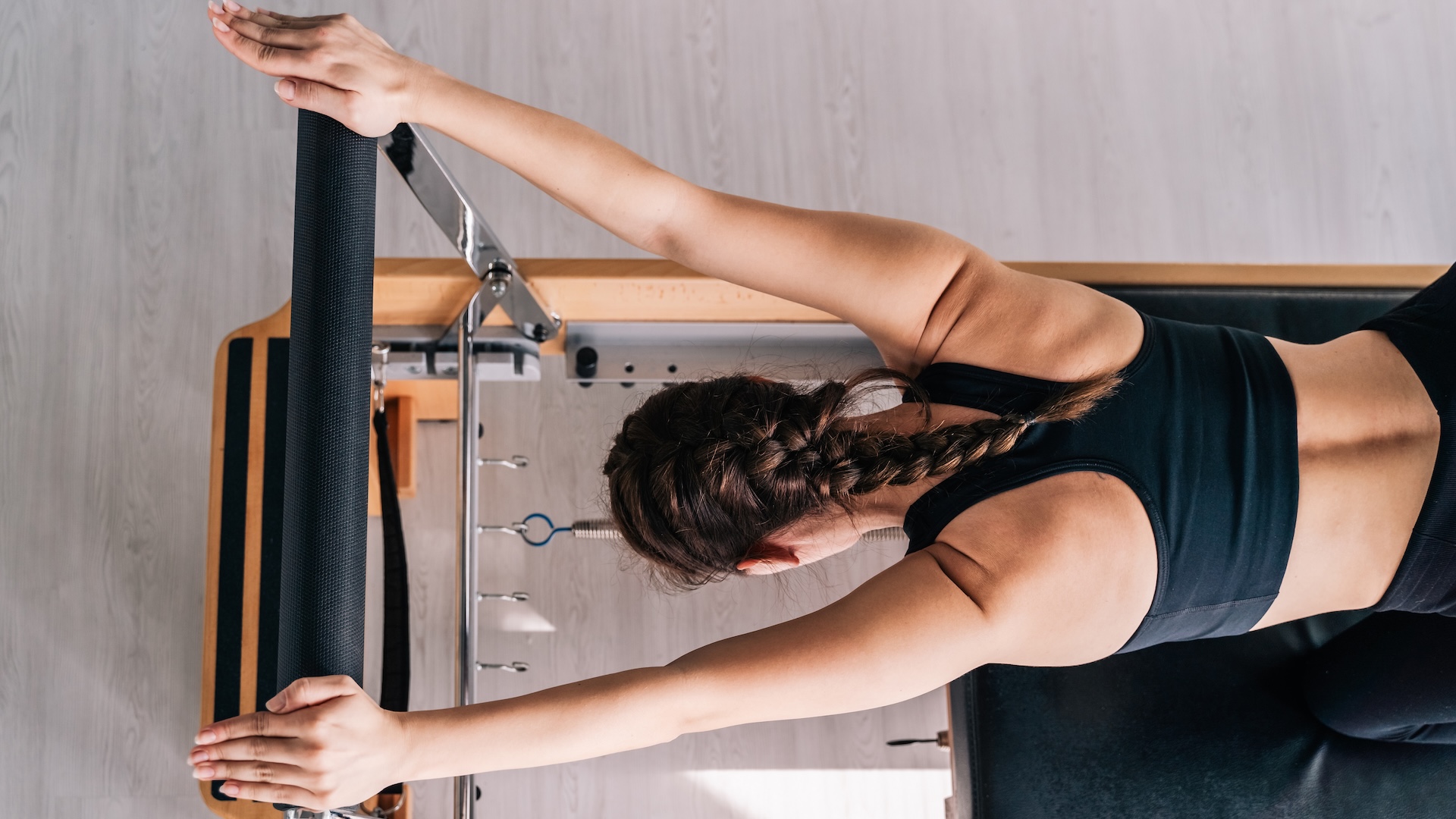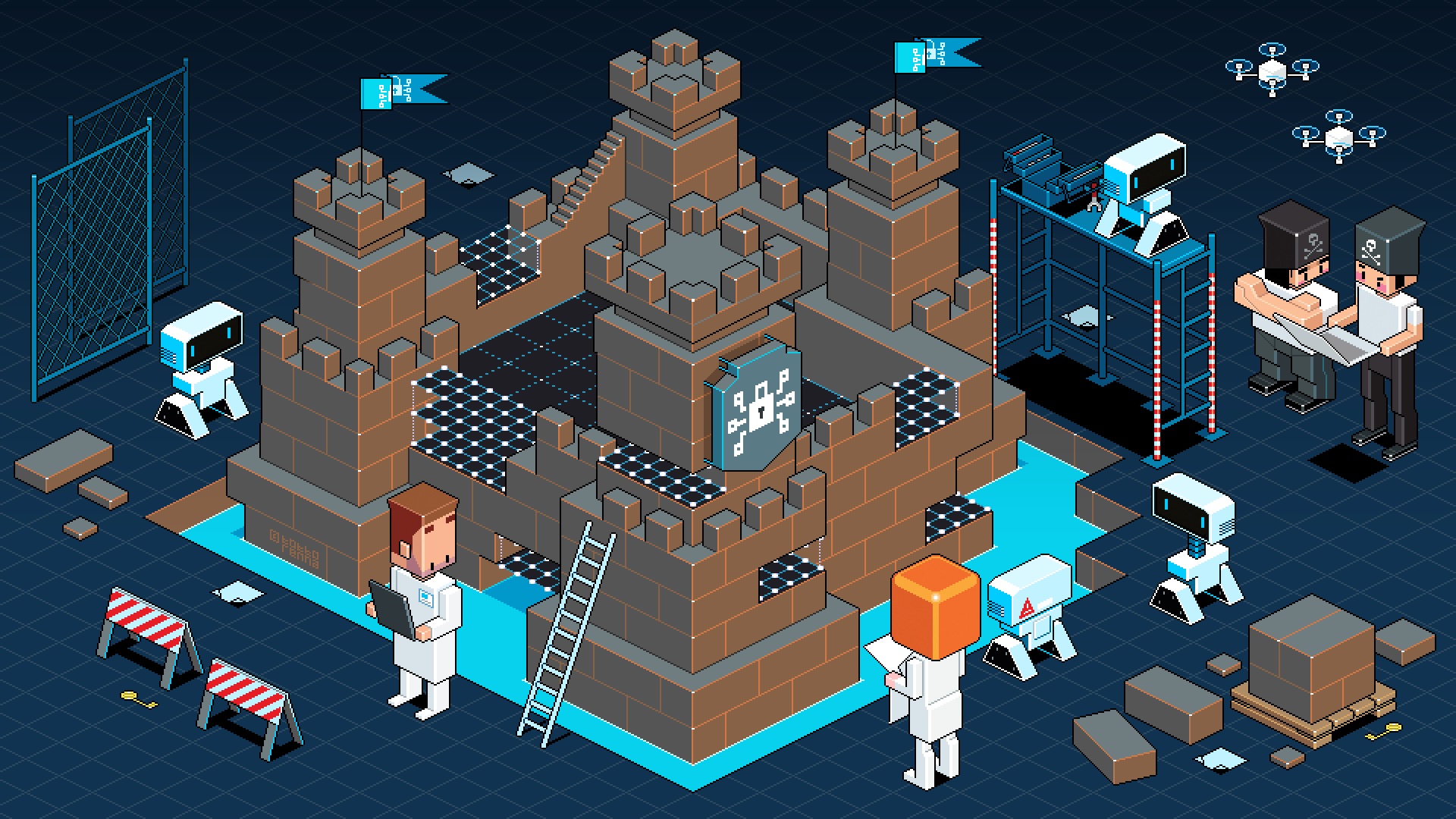Diagnostic dilemma: A woman heard a 'pop' during Pilates class. Her spine had sprung a leak.
A woman developed awful headaches after a Pilates class, and their underlying cause was very unusual.

The patient: A 42-year-old woman in the United Kingdom
The symptoms: During a reformer Pilates class — a type of Pilates that incorporates machinery with springs that add resistance — the patient felt a "pop" in the left side of her neck. She developed a headache about an hour later. The pain lessened somewhat when she was lying down. But over the next several days, the headaches worsened, disrupting her daily activities.
What happened next: The woman visited her primary care physician, who suspected the patient had injured one of her trapezius muscles, which move the head, neck and upper back. The doctor prescribed opioid-based painkillers and muscle relaxants, but these provided no relief. Nor did physiotherapy sessions involving neck manipulation. After four weeks of constant and intensifying pain, the woman sought further treatment at a hospital.
The diagnosis: When doctors conducted a computed tomography (CT) scan of the woman's head, they found old blood clots on both sides of her brain, located between the surface of the brain and the outermost layer of tissue, known as the dura mater. This suggested there had been some trauma affecting the dura mater.
The doctors followed the CT scan with an MRI of the patient's spine. The MRI revealed pools of cerebrospinal fluid (CSF), the clear fluid that typically surrounds the brain and spinal cord; the CSF had likely leaked from a tear in the dura mater that occurred during the woman's Pilates class.
Leakage and accumulation of CSF can cause headaches that worsen when the person's posture is upright, the hospital physicians wrote in a report, adding that this case "raises the possibility of Pilates being a risk factor for the development of a spontaneous CSF leak."
The treatment: The MRI had not revealed the location of a dural tear, so the doctors decided to treat the woman with bed rest and caffeinated drinks, rather than surgery. Caffeine is thought to increase the production of CSF and help promote blood flow in the brain, reducing headache severity in some cases.
Get the world’s most fascinating discoveries delivered straight to your inbox.
The patient's headaches lessened significantly, and she was discharged two weeks after her admission. During a follow-up visit one month later, neuroimaging of the patient's skull and spine appeared normal. Her headaches were gone and no further treatment was required. (In most cases, minor dural tears heal completely on their own.)
What makes the case unique: Spinal CSF leaks are typically caused by injuries to the head or spine, though they can also result from spinal surgery or invasive procedures, such as a spinal tap or an epidural. These leaks can be challenging to diagnose, as their symptoms can resemble those of allergies, migraines or sinus infections. It is therefore unknown how commonly spontaneous CSF leaks might occur.
Other known triggers of CSF leaks include the growth of bone spurs along the spine or connective tissue disorders that weaken tissue layers around the brain.
However, "there has been no previous documentation in the literature of 'pilates reformer' classes being associated with a spontaneous spinal CSF leak," the doctors wrote in their case report. "To our knowledge, this is the first case." As such, such an injury would be considered a very, very rare outcome of doing Pilates.
This article is for informational purposes only and is not meant to offer medical or fitness advice.

Mindy Weisberger is a science journalist and author of "Rise of the Zombie Bugs: The Surprising Science of Parasitic Mind-Control" (Hopkins Press). She formerly edited for Scholastic and was a channel editor and senior writer for Live Science. She has reported on general science, covering climate change, paleontology, biology and space. Mindy studied film at Columbia University; prior to LS, she produced, wrote and directed media for the American Museum of Natural History in NYC. Her videos about dinosaurs, astrophysics, biodiversity and evolution appear in museums and science centers worldwide, earning awards such as the CINE Golden Eagle and the Communicator Award of Excellence. Her writing has also appeared in Scientific American, The Washington Post, How It Works Magazine and CNN.
You must confirm your public display name before commenting
Please logout and then login again, you will then be prompted to enter your display name.
